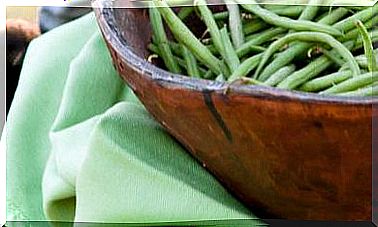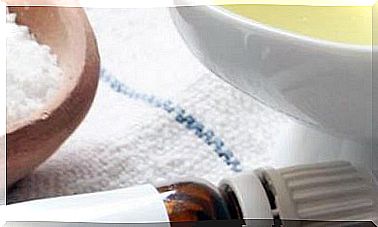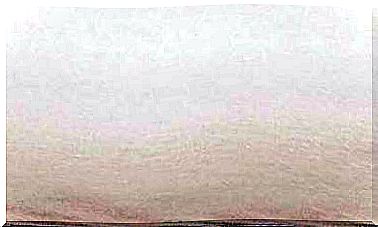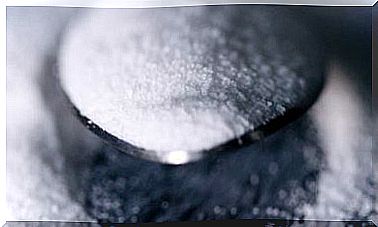Beware Of Mold Toxins In Nuts
Nuts and other nuts can be contaminated with dangerous mycotoxins. Learn more about them and what you can do to protect your food.

In addition to nougats and other typical sweets, walnuts are a classic on Christmas tables. During dinner parties or joint games, the nutcracker regularly creaks, the nuts are released from their shells, and the loot is offered in all its glory.
Nuts are fundamentally part of a healthy diet. Polyunsaturated fatty acids, vitamin E, antioxidant polyphenols, protein and fiber are a complete formula for maintaining and enhancing health. Studies show that they even reduce the risk of coronary heart disease.
Mycotoxins are carcinogenic
Health authorities in several European countries are putting the magnifying glass on the problem of toxins that can be found in tasty nuts, although they can also be found in cereal-based products such as whole wheat pasta and oat flakes.
The analyzes show that they are being frequently attacked by two species of molds, Aspergillus flavus, ochraceus, niger and parasiticus, among others. These molds generate mycotoxins (mold toxins) called aflatoxins and ochratoxins.
Aflatoxins and Ochratoxins are generated in a warm and humid environment, which sometimes occurs during harvest and during transport, but especially during storage.
Unlike microorganisms, high temperatures do not destroy molds during cooking, roasting, or baking.
According to the Spanish Agency for Food Safety and Nutrition (AESAN), mycotoxins “can cause various adverse effects such as cancer induction and mutagenicity, as well as problems in the metabolism of estrogens, gastrointestinal or in the kidney.”
Some mycotoxins are also immunosuppressive and reduce resistance to infectious diseases, adds the AESAN on its website.
50 European alerts
Last year around 50 European rapid alarms on the presence of aflotoxins were registered, of which around 15% had reached the internal market of the Union. The main affected were pistachios (44%) and peanuts (33%), which came mainly from Turkey (46%) and Egypt (27%).
In ground almonds, on the other hand, aflatoxins were found in 68 percent of the samples examined, but only in three percent of the whole almonds. The Federal Office speculates that ground almonds may be more susceptible to mold penetration than unground kernels due to their larger surface area.
What can be done to avoid mycotoxins?
Consumers can protect themselves against mold toxins by storing food in a cool, dry, dark place. Shelled walnuts keep this way for up to a year. But this still does not offer a sufficient guarantee.
Unfortunately, the mold toxins in nuts cannot be seen with the naked eye and they do not have a particular flavor.
But if you notice a dark coloration, an oily sheen, or an unpleasant (rancid) odor when you open the nuts, you should not eat them.
If you notice an unusual, moldy or bitter taste, to be safe, don’t eat that nut and spit out whatever you have in your mouth.
Effective and ecological method against aflatoxins
Researchers have tried different methods to prevent the appearance of mycotoxins. Currently, the application of Pichia anomala yeast is being studied to prevent its development in nuts and corn crops. This method is non-toxic and could even be used in organic farming.
The tests have been carried out in a pistachio plantation in California (United States). Experts sprayed some trees with Pichia anomala yeast and others did not. The results were clarifying, since the trees that were sprayed inhibited the frequency of the appearance of Aspergillus flavus in the pistachios by 97%, compared to the non-sprayed trees.
It has also been shown to be effective on harvested and stored nuts. In addition, it is confirmed that the use of yeast is very versatile, since it has also been proven its effectiveness in protecting other crops against at least six species of microorganisms that could alter characteristics such as taste, texture, or flavor. performance and food safety, including the pathogen Botrytis cinerea, which is believed to be responsible for gray mold on grapes.









